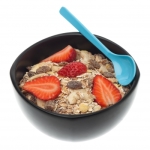3 Ways to Reduce Inflammation and Reduce Heart Disease Through Diet
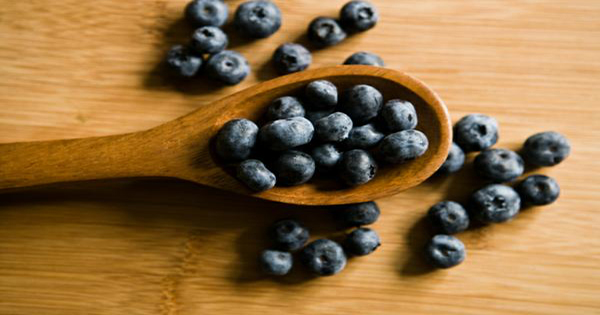
Cardiovascular disease and breast cancer are the two leading causes of death in the United States for women. Both are associated with inflammation.
Strategies to reduce inflammation may be an effective treatment option to reduce cardiovascular disease and breast cancer.
Chronic inflammation leads to the release of inflammatory cytokines. These inflammatory cytokines contribute to cellular damage, which leads to disease onset or progression. Chronic diseases such as atherosclerosis, osteoporosis, and diabetes all have an inflammatory component.
There are medications to reduce inflammation, such as steroids and non-steroidal anti-inflammatory drugs (NSAIDS), but all medication comes with side effects and these are no exception. Potential side effects include nausea, constipation, diarrhea, headache, dizziness, weight gain, increase blood pressure, and immune suppression among others.
Alternate treatment options are desirable for treating inflammation, such as dietary interventions. Improving dietary quality with emphasis on specific anti-inflammatory nutrients is a safe strategy for reducing inflammation and disease risk.
A diet to reduce inflammation is low in added sugars, contains omega-3 fatty acids, and rich in dietary fiber.
Foods high in added sugar that should be avoided or limited include soft drinks, energy drinks, sports drinks, cakes, pastries, donuts, fruit drinks, ice cream, pudding, cookies, candy, pie, and cobblers.
4 Reasons Why You Need More Fiber
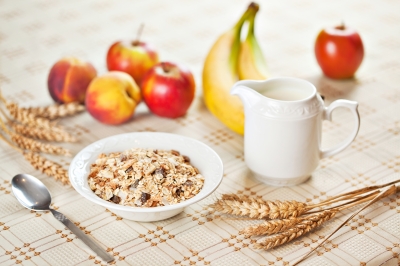 How many grams of fiber do you consume daily?
How many grams of fiber do you consume daily?
Most Americans consume half the recommended dietary intake of 25 grams (women) to 38 grams (men) of fiber daily for adults 50 years or younger. Over the age of 50, women should consume 21 grams of fiber and men 30 grams per day.
There are two types of fiber.
Soluble fiber turns to a gel during digestion. Sources of soluble fiber include oats, oatmeal, nuts, seeds, beans, peas, lentils, and some fruits and vegetables (i.e. oranges, apples, carrots).
Insoluble fiber is not digested. It adds bulk to the stool and helps food move through the stomach and intestines. Sources of insoluble fiber include vegetables, whole-grains, and wheat bran.
A diet high in fiber is connected to many health benefits.
- Lower cholesterol levels
Boosting fiber intake from whole-grain products leads to a slower build-up of arterial plaque. Studies also find soluble fiber to protect against atherosclerosis, which is this build-up of plaque in the arterial walls.
Dietary fiber also binds to LDL cholesterol during digestion, resulting in lower LDL cholesterol levels, without decreasing HDL cholesterol levels.
Continue reading
Lower Blood Pressure with Blueberries
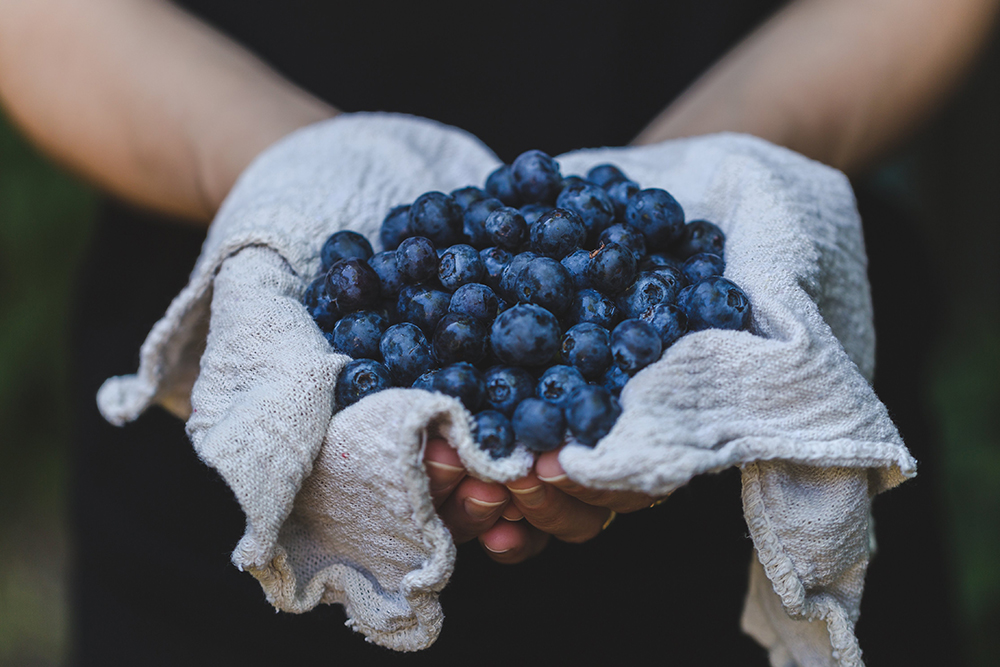
There is trial data indicating blueberries help reduce both systolic and diastolic blood pressure.
This double-blind, placebo controlled trial assigned 48 women to receive either 22 grams of freeze-dried blueberry powder or 22 grams of a control powder daily for 8-weeks. Results indicate that blueberry consumption may reduce blood pressure and arterial stiffness.
These improvements may be linked to enhanced nitric oxide mediated vasodilation. Vasodilation refers to the widening of blood vessels, which in turn lowers blood pressure because the heart then exerts less force against arterial walls as it circulates blood.
At the conclusion of the study, participants consuming the blueberry powder daily on average reduced systolic blood pressure 5.1% and diastolic blood pressure was lowered on average 6.3%.
Twenty-two grams of freeze-dried blueberry powder is equal to about 1 cup of fresh blueberries daily.
Moms and dads: Are your children getting enough fiber?
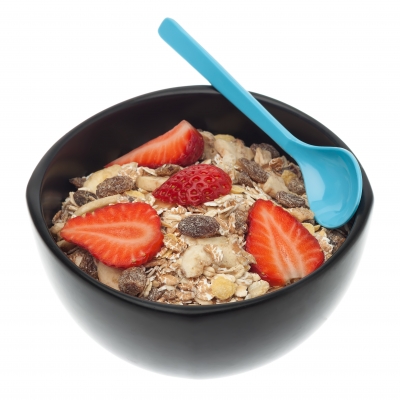 From keeping our immune system functioning to bowel regularity, our digestive systems do a lot for our everyday health.
From keeping our immune system functioning to bowel regularity, our digestive systems do a lot for our everyday health.
Dietary fiber as a regular part of your diet will promote lower cholesterol levels and improved heart health. Most of us consume about half of the fiber our bodies need to function correctly.
If we include fiber in the diets of our children now, we can make it a natural habit they continue into adulthood.
I asked registered dietitian Felicia D. Stoler, DCN, how parents can get inventive about ways to increase our family’s fiber intake. Stoler is the former host of TLC’s “Honey, We’re Killing the Kids,” and author of “Living Skinny in Fat Genes.”
Lisa Nelson, RD: How much fiber do we need?
Dr. Stoler: “Toddlers ages 1-3 need 19 grams of fiber daily. Children ages 4-8 years need 25 grams, about the same as adult women. Teenage boys and adult men should aim for 38 grams per day. That fiber requirement probably won’t be met by eating fast food. “A four-piece serving of chicken nuggets has just one gram of fiber. A six-inch turkey breast deli sandwich only has three grams.”
Lisa Nelson, RD: How do you get around the idea that a high-fiber diet means piling plates high with vegetables?
Dr. Stoler: “Sometimes playing ‘hide the fiber’ is the best way to improve a family’s nutrition.”
Lisa Nelson, RD: Can you give me some examples?
Dr. Stoler: “I’m always tossing ground flax seed into foods. One of my favorite tips is to use it as a thickener for tomato sauce or soup. Serving a lot of side dishes is a great way to load up on vegetables or grain-based foods. Along with a main course of poultry or fish, I prepare a lot of side dishes with beans, lentils and multiple grains. For flavor and color this time of year, toss in some cranberries.”
Lisa Nelson, RD: What about giving the family a high-quality fiber supplement?
Dr. Stoler: “I keep Sunfiber on the kitchen counter so it’s very convenient while I’m cooking. Since it’s odorless, tasteless and mixes easily into just about anything, it’s routinely my secret ingredient in a lot of foods from pancakes, waffles and muffins to chili, soup and yogurt. One scoop adds six grams of fiber, which is significant. It also helps support your family’s bone health because it supports better calcium and magnesium absorption.”
Lisa Nelson, RD: How can you add more fiber to kids’ party foods, especially if the event is at someone else’s home?
Dr. Stoler: “Offer to bring a snack for fall get-togethers. Kids go crazy for fruit kabobs. Just thread fresh melon balls onto wooden skewers. Then flip over half of the empty melon shell, and stick the skewers into it for a festive presentation. If you’re short on time, buy the pre-cut melon and stick the skewers in a Styrofoam ball from the craft store or invert a colander. When fruit is presented in an enticing way, people want to eat it.”
Lisa Nelson, RD: Do you have other creative tricks for getting kids to eat healthier?
Dr. Stoler: “Make sure plates are filled with colorful foods. Food that’s appealing stands a greater chance of getting eaten. Use cookie cutters to cut sandwiches made with high-fiber bread. Use a vegetable peeler to cut carrots or cucumbers into ribbons. Experiment with cutting other vegetables into fun shapes.”
Lisa Nelson, RD: What do you suggest for a high-fiber, family dessert?
Dr. Stoler: “Dress up fruits for dessert. The beauty of high-fiber desserts is that they fill you up, especially if you slow down and savor each bite. So you won’t be as tempted to over-indulge. Frozen grapes are fun and easy. Fruit cobblers are also a good choice for chillier evenings, especially if you sprinkle some Sunfiber into the mixture before baking. Making it with an oatmeal topping will add even more fiber and nutrients.”
Lisa Nelson, RD: Do you have any other suggestions for parents to encourage their kids to start eating more vegetables?
Dr. Stoler: “Include your children in creating menus, grocery shopping, gardening, setting the table and food preparation. “This may not only broaden their interest in trying different foods, it can also teach them important life skills around food such as budgeting money and time management skills. Passing on your knowledge will help them to be great parents!”
Dr. Stoler adds that Sunfiber, which she referenced, is well researched for its health benefits. Those studies are available at www.Sunfiber.com.
You can also access the free ecourse How to Lower Cholesterol in 8 Simple Steps at http://lowercholesterolwithlisa.com.
All the best,
Lisa Nelson RD
Image courtesy of phasinphoto / FreeDigitalPhotos.net
What equals 25 – 35 grams of dietary fiber?
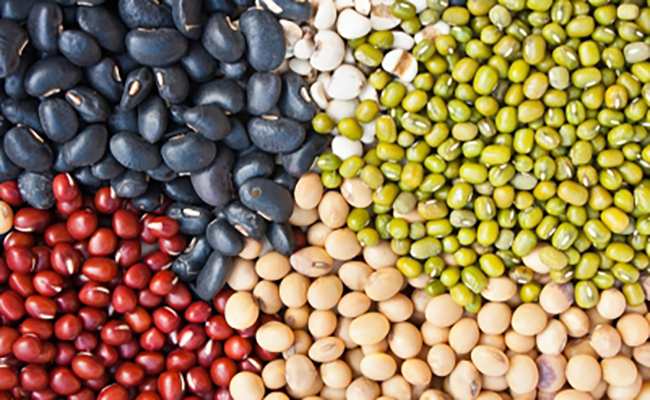
I recently had an individual email me the following question:
How much fiber do I need to eat to equal 25 grams? How many pieces of fruit, slices of bread, cups of barley or flaxseed? I can’t relate to 25 grams.
I want to share the answer with everyone. Read on. . .
How Much Dietary Fiber
You need to consume between 25-35 grams of dietary fiber daily. Of this, soluble fiber should make up 15 grams. For every 1-2 grams of daily soluble fiber intake, LDL (bad) cholesterol is lowered 1%.
The average US dietary fiber intake is 12-18 grams/day. If your current diet is very low in dietary fiber, do not increase to 35 grams overnight. A sudden increase will result in gastrointestinal (stomach) distress and unpleasant side effects (flatulence and diarrhea). You want to increase your intake gradually.
Top 5 Foods Containing Dietary Fiber
Metamucil to Lower LDL Cholesterol
 Metamucil is a rich source of psyllium husk. Psyllium husk is a soluble fiber which works to lower LDL cholesterol levels.
Metamucil is a rich source of psyllium husk. Psyllium husk is a soluble fiber which works to lower LDL cholesterol levels.
Currently the American Heart Association recommends everyone consume 25 to 30 grams of dietary fiber daily. The average American only consumes 15 grams of fiber daily.
How much soluble fiber?

